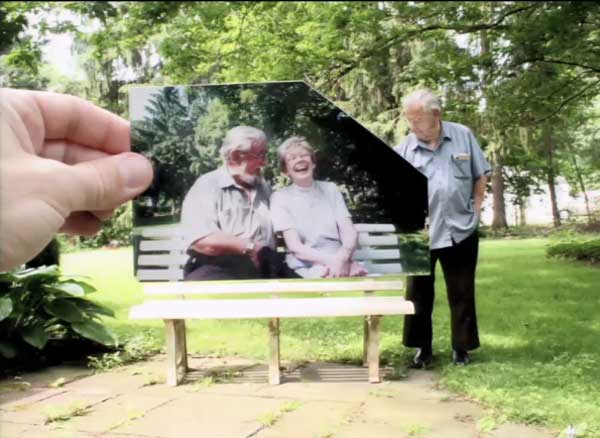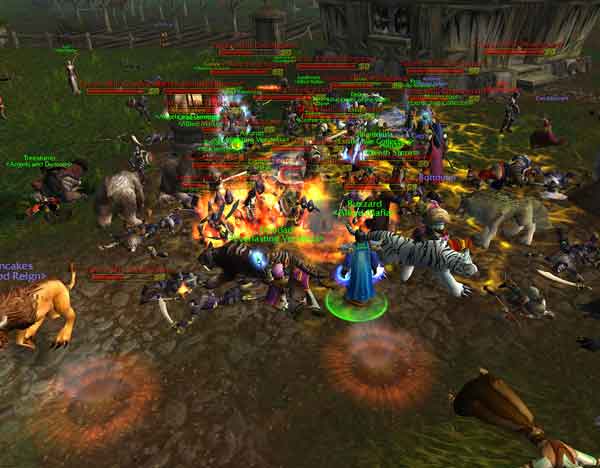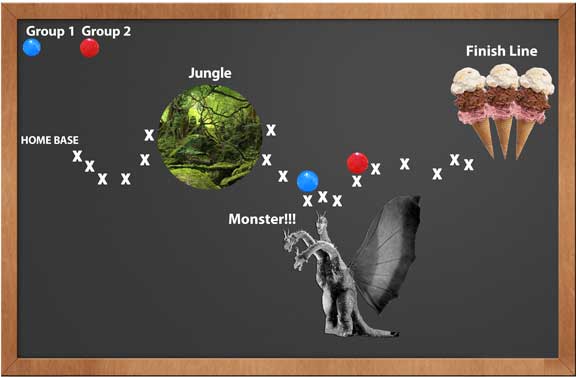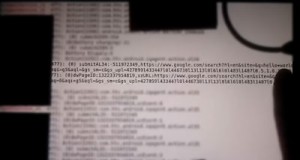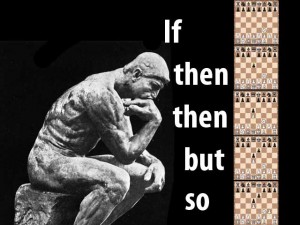Oh Sweet Memories
Where do fond memories exist but in the minds of those whose shared experiences created them? How can one possibly convey the emotional value of those memories when words can only scratch the surface of the deeper feelings that remain so vividly in the minds of those for whom such mental pictures seem but only seconds old?
The above picture was used in a speech given by Jason Scott at Def Con 19 which was titled: Archive Team: A distributed Preservation of Service Attack.
Jason Scott represents an organization called the Archive Team, which he describes as a “rogue band of archivists, preservationists, and jerks dedicated to saving online and, in some cases, offline history.” Their mission is to come in and rescue sites that look like they are about to be shut down. The content is downloaded and archived so that it can later be accessed by anyone who wishes to do so. This is important because the memories embedded within the soon to be thrown away content has meaning to others and therefore should be saved and given acknowledgement as being carriers of emotionally valuable content. Scott reasons that they [the Archive Team] “duplicate stuff because otherwise the conversation ends.”
Jason gave a very entertaining and at the same time very emotionally moving speech about the conflicting definitions of value attributed to the content generated by and on digitally created user communities but hosted by economically interested corporations that give little or no thought to making a decision to close an online community once it is no longer economically profitable for them to keep it open. The fact that these communities can be and are created and destroyed so easily by the corporations that created them without any concern regarding the emotional value that the content represents to the users is concerning when one realizes just how much emotional value some people give to the memories generated in and shared by online communities.
A greater message embedded in the speech was that a digital object can be an emotionally meaningful item that has relevance to a culture and a world. Once people have a shared experience the memory of that experience becomes something that they then consider as being a part of their identity.
These things which were being deleted with little or no warning were not just out-dated websites but were rather collections of memories that had been generated by and thus valued by the people who were once a part of that community.
Scott describes these shared experiences as cultural artifacts, which are “objects that maintain memory, objects that are a part of us, have relevance to us, even after their initial use may be initially gone.”
Memories exist in the minds of those who experienced an event. Online communities consist of people who share collective memories from having shared experiences in time. Something they created, something they did together. This has actual meaning for the people who experienced them, much like the gentleman in the picture can see a memory of himself sitting with his now deceased loved one whereas someone who was not there at the time sees only the park bench and the background. But where do these experiences and memories exist but in the minds of those who experienced them? Once the community has been removed, the people are no longer able to convey to others the beauty that was once shared. Quoted from the speech: “how do we destroy lives, how do we destroy cultures? and the answer is this: disenfranchise, demean, delete.” The creators of the online content (the online users) are disenfranchised because they do not control the space in which they participate in and create memories. It is done on some company’s web server. It is owned by the company and so the users are out of luck if the company wants to change the rules or shut down completely. The old content is demeaned by others who do not share the same digital time-space and thus can not share the same memories. Once the company hosting the content no longer cares, the content is deleted and former users are no longer even given access to any form of record that their community had ever existed. Scott describes it as a case “where a company went speculatively into user-generated content and when they decided it wasn’t worth it anymore they got out of it; like getting into a library and then deciding the library business isn’t worth it and burning it down.”
Where’s my World PvP?
This next part of my writing may only be familiar to those who play World of Warcraft, but the idea can be translated into other online games, other environments shared with friends and foes. The forums are always full of nostalgic reminiscences of and yearning for the return of earlier days, when battlegrounds took days instead of minutes, and quests were puzzles to be figured out and not inconvenient way points on a quest-helper map.
Newer players are unable to comprehend what it is that those people are longing for… they have no way to, for how do you archive memories of participation in an online game which is always changing in its purpose and in its goals? The temptation for newer players is to tell those people to shut up and deal with it. To adapt or get the heck out. But before you embark on a message post to belittle the person yearning for the good old days of “vanilla wow,” try and put yourself in their shoes. Remember a fond memory and then imagine how it must feel like to try and convey the joy it brought to you to those who have no way of knowing what it was like.
If you wish to learn more about the Archive team and maybe get involved yourself, feel free to visit their homepage at www.archiveteam.org
Jason Scott left the following email address in his speech so if you have any questions or comments you would like to direct to him yourself: [email protected]
As of November 8, 2011, the speech can be seen in its entirety on Youtube at the following URL

